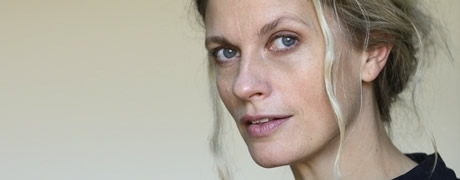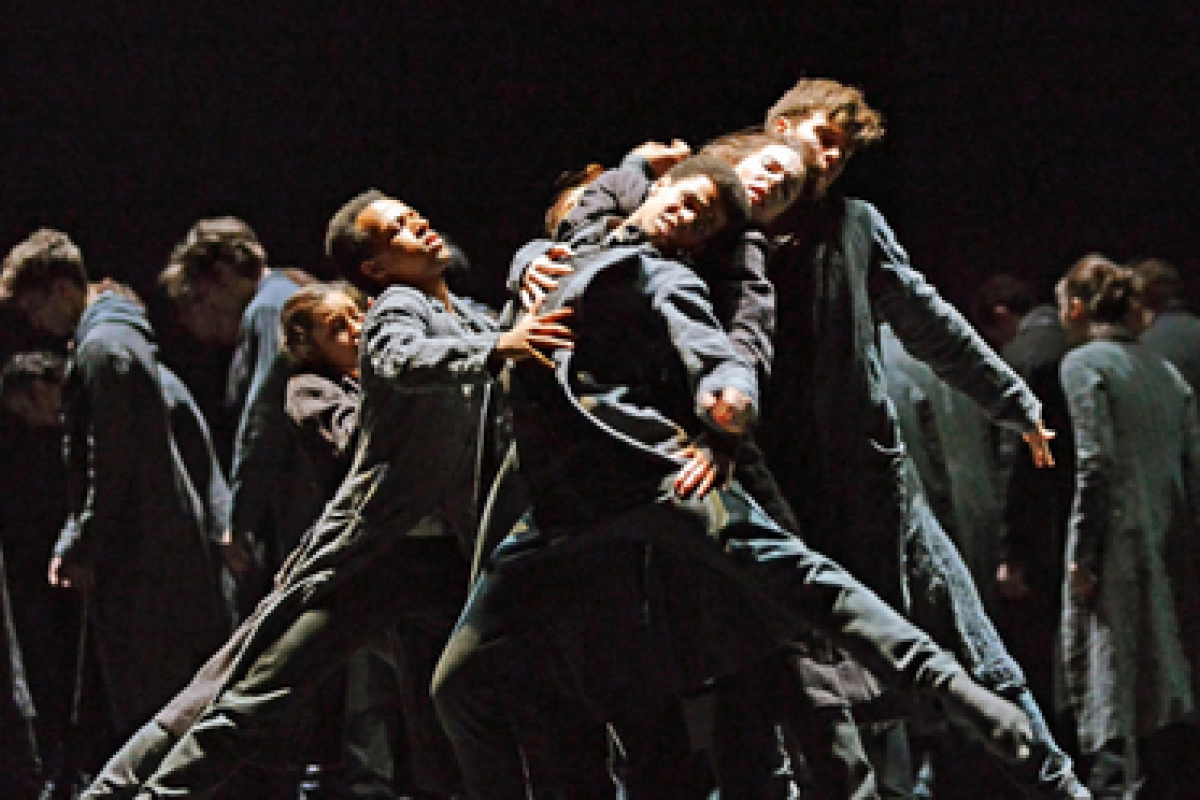Crystal Pite creates dance for the modern world. She has choreographed touching and thought provoking pieces that respond to personal trauma, grief and addiction; to the science of swarm intelligence; to the tragedy of the refugee crisis.
She deals in organic structures and fluid shapes; complex patterns and restless waves. She explores the forces, conflicts and tensions at play in our bodies, our relationships and the world beyond.
‘It’s just human beings striving and yearning and reaching and trying. That is what moves me when I watch people dance.’
In person Pite seems a quiet presence, gentle and softly spoken. She is very articulate, but also cautious and considered.
‘I don’t feel that speaking is my first language. Dance is my first language.’
In a recent BBC documentary (Behind the Scenes, Radio 4, 25 July 2017) Pite is interviewed in the midst of rehearsals for ‘Flight Pattern,’ her first collaboration with the Royal Ballet. She openly expresses her anxieties about the piece.
‘I can feel that I’m overwhelmed by this project right now. It’s ambitious and there’s very little time, and I’m not convinced about some of the choices that I’ve made, and I don’t know if things are going to work. And if they don’t work, I don’t think I’m going to have time to come up with a Plan B.’
Pite reassures herself that persistence, effort, action and creation will see her through what she calls ‘the doldrums of doubt.’

Crystal Pite portrait courtesy of Sadlers Wells
‘Keep pushing through, just keep making. Keep making, keep imagining, keep building, keep trying. Otherwise I’ll just freeze.’
Pite’s candour about her misgivings is rare and compelling in someone so successful. And yet her uncertainty comes in harness with a steely determination, and a clear conviction about her core idea and end objective.
‘I have such a clear plan for the eye of the audience…Not only do I choreograph what’s on stage. I also choreograph the viewer. I choreograph what I think they’re going to be looking at.’
Pite is the very model of a modern creative leader. She has complete confidence about where she wants to go. But she is also open about the doubts and uncertainties, opportunities and threats that present themselves along the way.
‘I have to be a leader and I have to be a creator. Being a leader requires that I know what I’m doing. I need to walk in here, into the studio, and know; and to be able to be clear and decisive and sure. And being a creator is really the opposite of that. I need to be in a state of not knowing. I need to remain open to possibilities and to allow myself to meander and to play.’
It struck me that Pite’s remarks do not pertain just to creative leadership; but to all forms of leadership in an age of change. In the past we wanted our leaders to be consistently certain, steadfast and strong. But in times of transformation complete conviction about the future can come across as arrogant, misguided or delusional. When all around us is in flux, absolute certainty is absolutely impossible.
Of course, we need our leaders to be sure about the objectives we’re pursuing; the direction we’re headed. But we also need them to be more honest about their doubts and fears; more open to alternatives and opportunities; more responsive to events and circumstances.
‘Flight Pattern’ turned out to be an exceptional piece of modern dance. It was at once beautiful and sad; heartbreaking and inspiring. Its success must in part derive from its choreographer’s willingness to embrace her apprehensions and anxieties. Uncertain times call for uncertain leaders.
This article originally appeared on www.jimcarrollsblog.com
